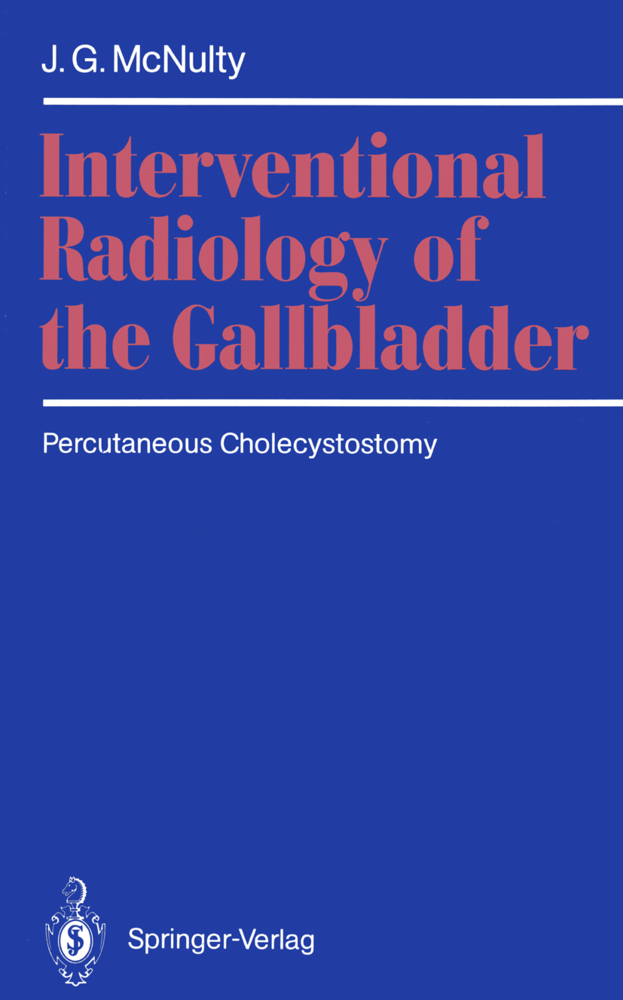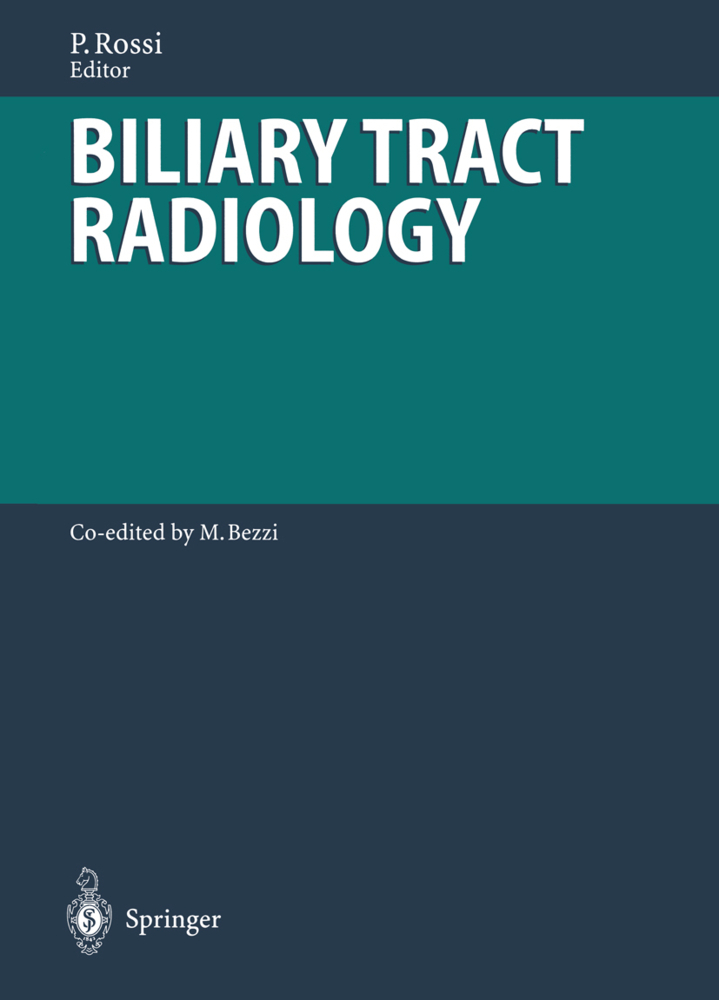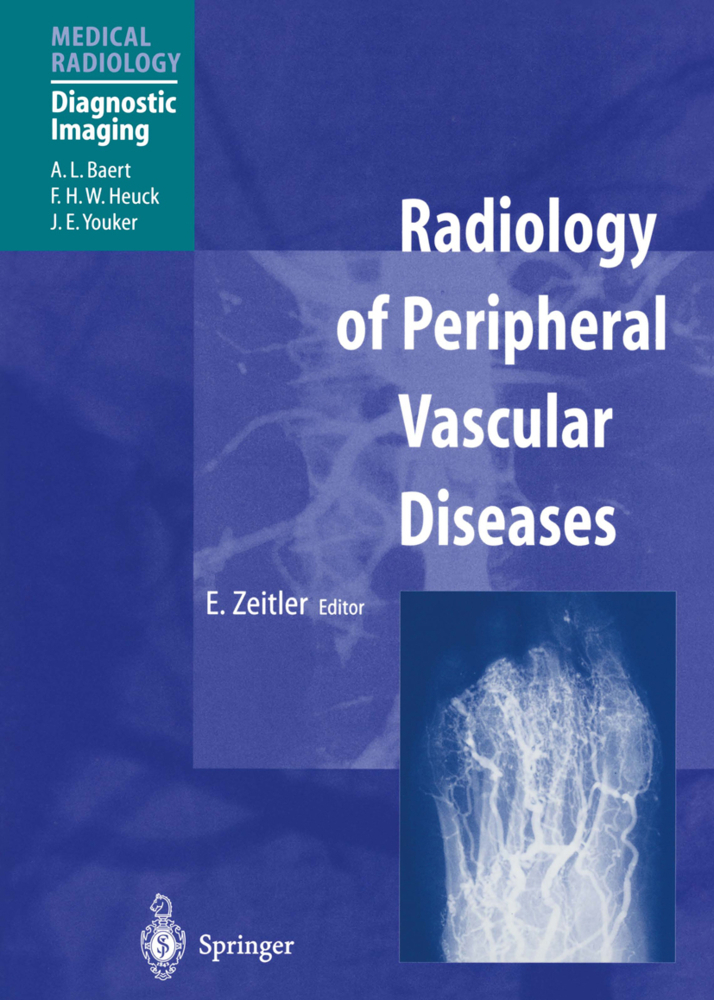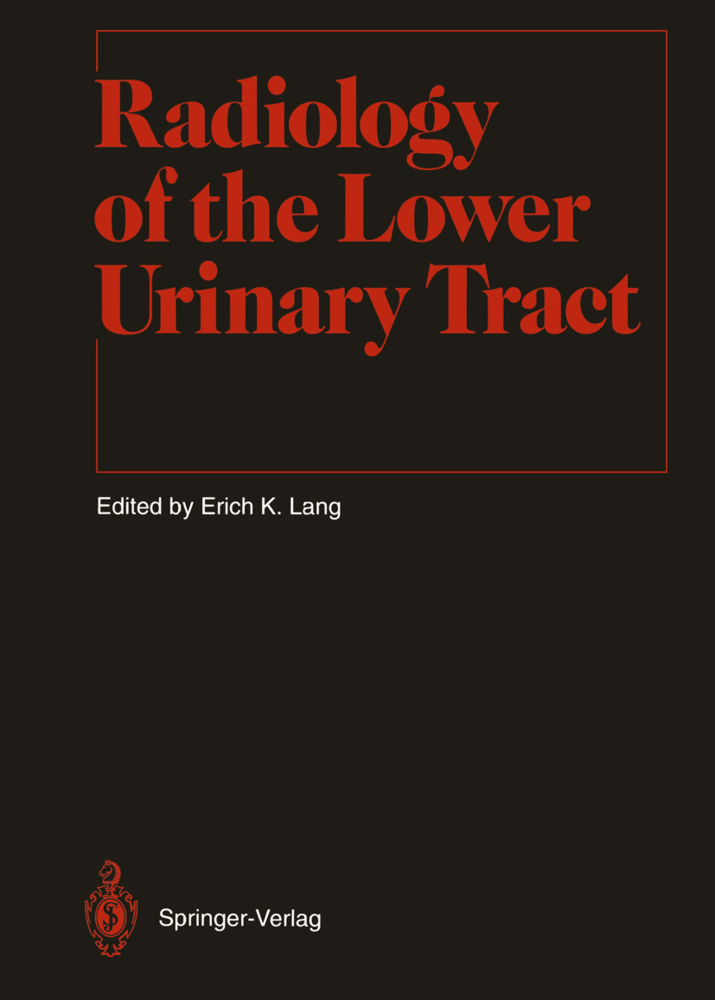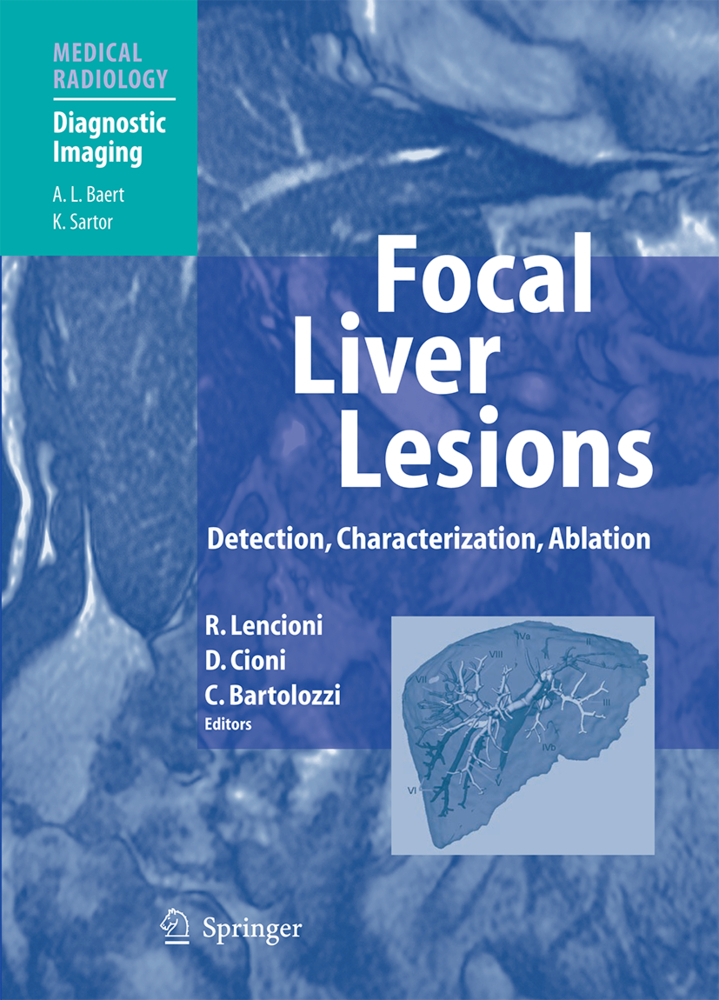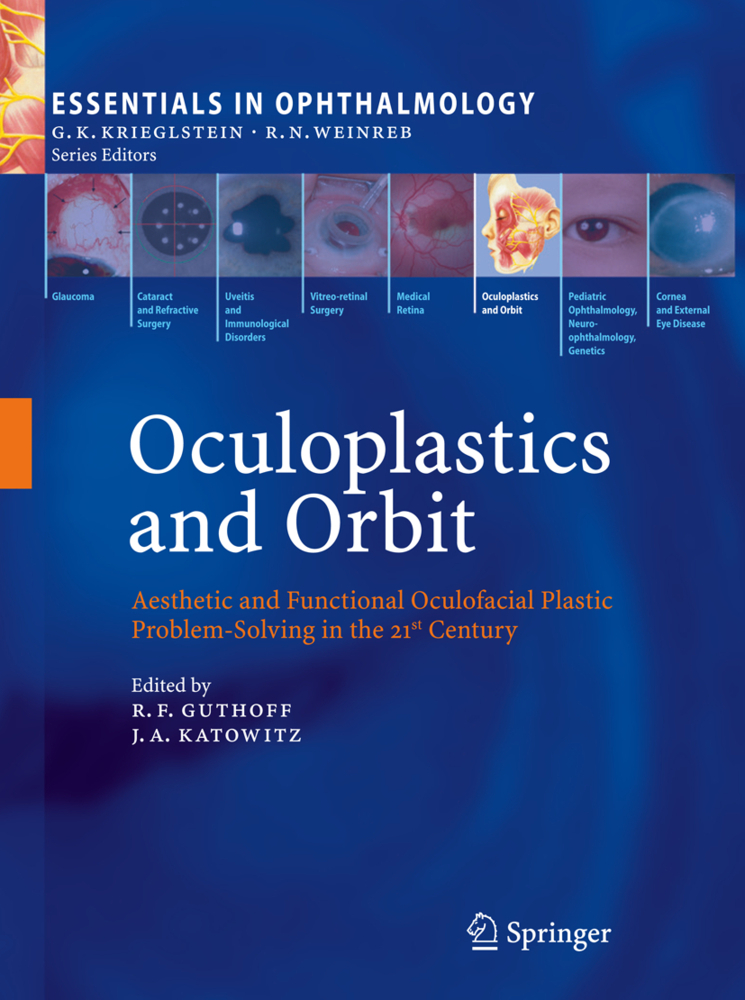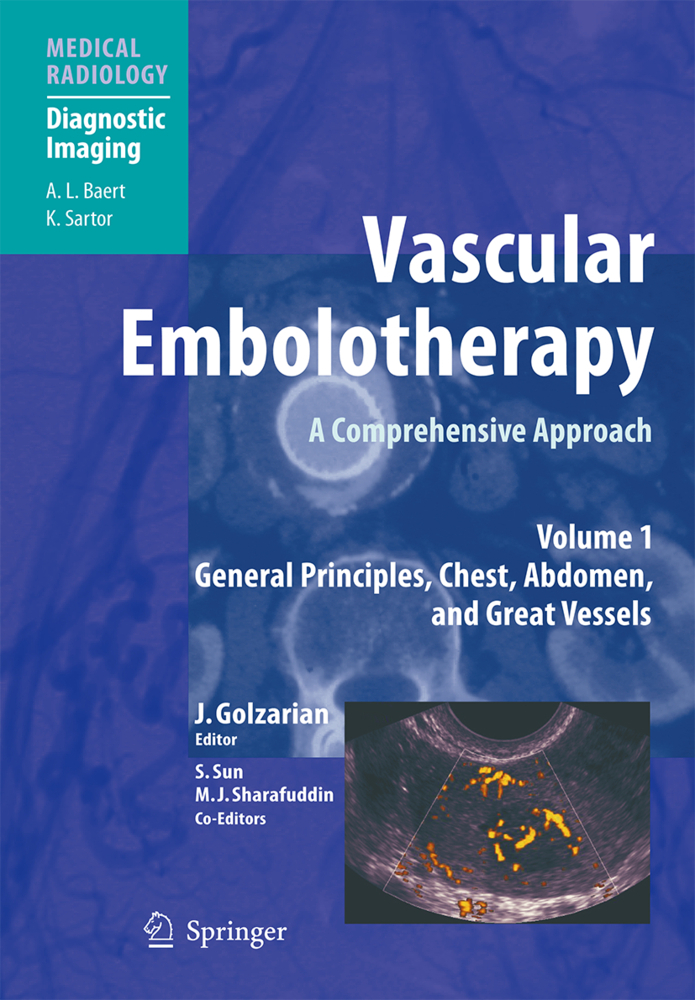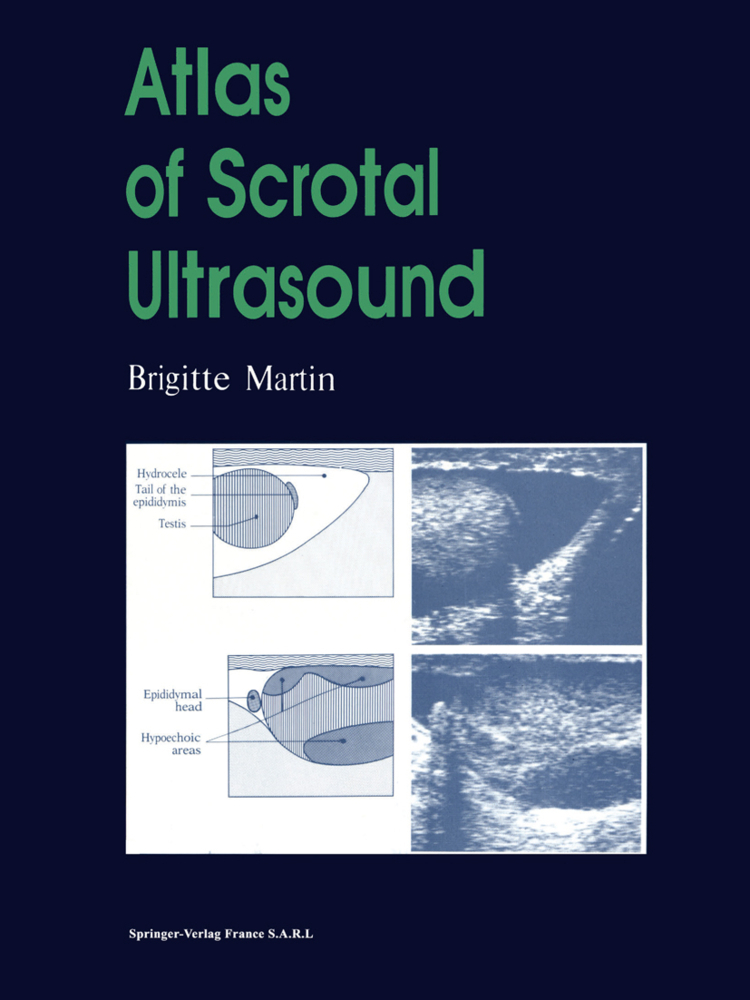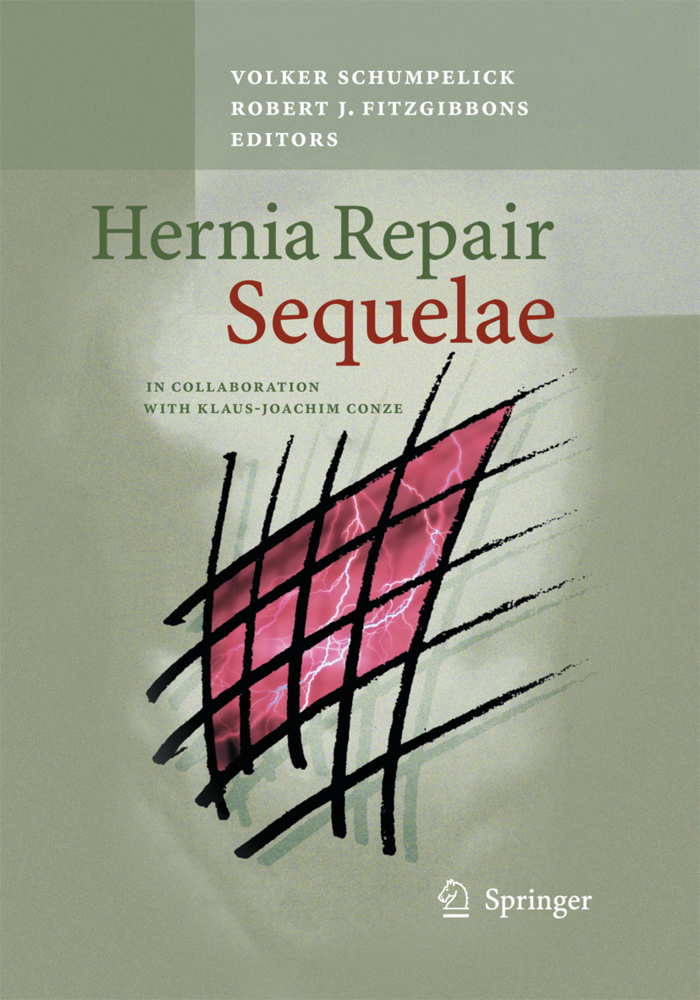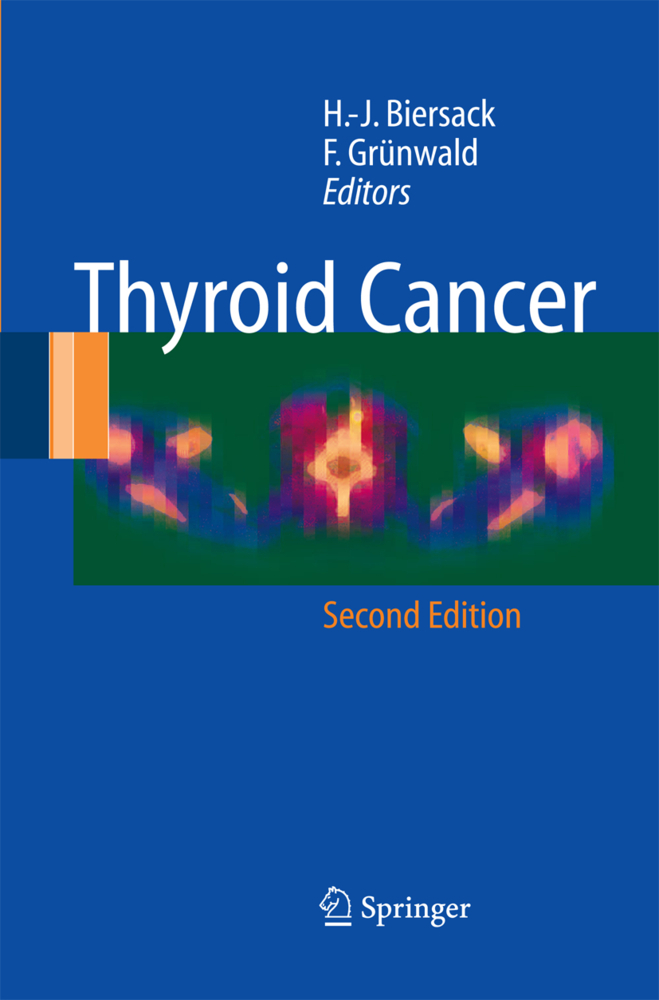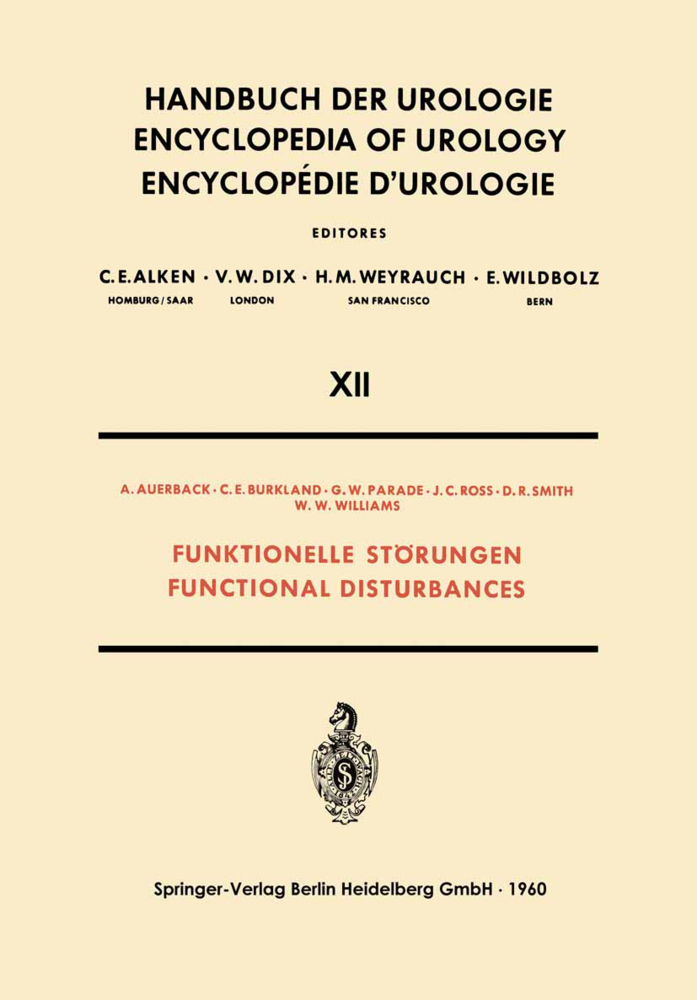Interventional Radiology of the Gallbladder
Percutaneous Cholecystostomy
Interventional Radiology of the Gallbladder
Percutaneous Cholecystostomy
Interventional Radiology has as its main goal the performance of surgical techniques using a percutaneous approach to simplify patient care. Percutaneous cholecystostomy now has many advocates; still, it is practised in comparatively few centers. Over many years it was used as a last resort at failed transhepatic cholangiography to provide images of the bile ducts in biliary obstruction. Transhepatic cholecystostomy is reputed to be safer than transperito neal puncture, since bile leaks do not enter the peritoneum. The advo cates of percutaneous cholecystolithotomy, almost without exception, fa vour subcostal cholecystostomy and puncture of the fundus of the gall bladder. There is no evidence of bile peritonitis after successfully making a track to the gallbladder 18 F in diameter or larger for stone removal. After 1-7 days a postlithotomy drain is removed from the gallbladder and the patient is allowed home. Transhepatic cholecystostomy for gallstone lysis, in contrast, requires only a 5-F track to the hepatic surface of the gallbladder. Loss of the gallbladder is not as great a fear with this technique as it is during dilata tion of a subcostal track for cholecystolithotomy. During the latter pro cedure this may result in laparotomy to avoid bile peritonitis, while in the former, if the gallbladder is still visualised, the procedure may be re commenced immediately. Catheter dislodgement is a fear when prolon ged catheterisation is considered.
3 Preparation of the Patient for Percutaneous Cholecystostomy
4 Techniques and Equipment for Percutaneous Cholecystostomy
5 Percutaneous Transhepatic Catheterisation of the Gallbladder for Dissolution of Gallstones with MTBE
6 Percutaneous Cholecystostomy for Biliary Drainage
7 Percutaneous Cholecystostomy for Gallstone Removal and Access to the Bile Ducts.
1 The Anatomy of the Gallbladder
2 Percutaneous Cholecystostomy3 Preparation of the Patient for Percutaneous Cholecystostomy
4 Techniques and Equipment for Percutaneous Cholecystostomy
5 Percutaneous Transhepatic Catheterisation of the Gallbladder for Dissolution of Gallstones with MTBE
6 Percutaneous Cholecystostomy for Biliary Drainage
7 Percutaneous Cholecystostomy for Gallstone Removal and Access to the Bile Ducts.
McNulty, James G.
| ISBN | 978-3-540-52905-7 |
|---|---|
| Artikelnummer | 9783540529057 |
| Medientyp | Buch |
| Copyrightjahr | 1990 |
| Verlag | Springer, Berlin |
| Umfang | XIII, 65 Seiten |
| Abbildungen | XIII, 65 p. 34 illus. |
| Sprache | Englisch |

